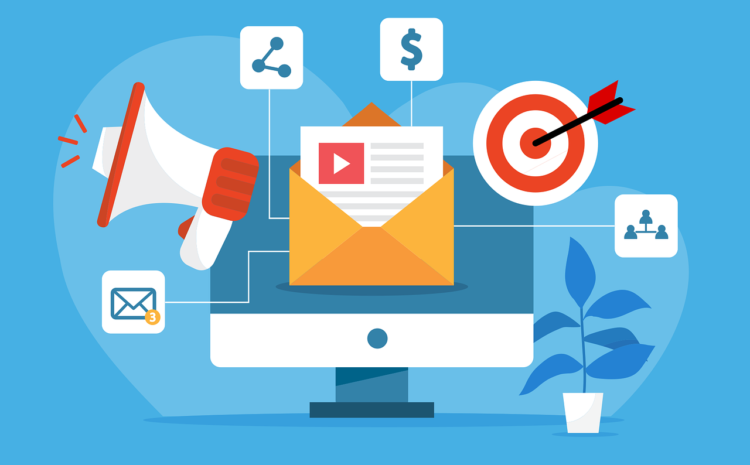How to create effective email marketing campaigns?
Email marketing campaigns can be a powerful tool for businesses to reach their target audience and drive conversions. However, creating an effective email marketing campaign requires more than just sending out a mass email to your subscribers. In this blog post, we will discuss some tips and strategies on how to create effective email marketing campaigns that will help you achieve your business goals.
1. Define your goals and target audience
Before you start creating your email marketing campaign, it is important to define your goals and target audience. Ask yourself, what is the purpose of this campaign? Is it to drive sales, increase brand awareness, or promote a new product or service? Once you have a clear understanding of your goals, you can tailor your email content to meet those objectives.
Similarly, it is important to know your target audience. Who are they? What are their interests, needs, and pain points? By understanding your target audience, you can create content that is relevant and engaging to them.
2. Segment your email list
Segmenting your email list is crucial for creating effective email marketing campaigns. Segmenting means dividing your email list into smaller groups based on certain criteria, such as demographics, behavior, or interests. This allows you to create more targeted and personalized content for each group, which can lead to higher engagement rates and conversions.
For example, if you own a clothing store, you could segment your email list based on gender, age, and location. Then, you could create targeted emails that showcase clothing items that are popular among each group.
3. Craft a compelling subject line
The subject line is the first thing your subscribers will see when they receive your email. Therefore, it is important to craft a compelling subject line that entices them to open your email. A good subject line should be clear, concise, and relevant to your audience. Avoid using clickbait or misleading subject lines, as this can damage your brand’s reputation.
4. Personalize your emails
Personalization is key to creating effective email marketing campaigns. Personalized emails have been shown to have higher open and click-through rates than generic emails. To personalize your emails, you can use your subscriber’s name, location, or past purchase history. You can also create dynamic content that changes based on the subscriber’s behavior, such as showing products that they have viewed on your website.
5. Provide valuable content
Your subscribers receive numerous emails every day, so it is important to provide them with valuable content that they can’t get elsewhere. This can include exclusive promotions, helpful tips, or relevant industry news. By providing value to your subscribers, you can build trust and establish yourself as a thought leader in your industry.
6. Use a clear call-to-action
A call-to-action (CTA) is a button or link that encourages your subscribers to take a specific action, such as making a purchase or signing up for a newsletter. A good CTA should be clear, prominent, and relevant to the content of your email. Make sure to use action-oriented language, such as “Shop Now” or “Download the Guide.”
7. Optimize for mobile devices
With the increasing use of smartphones and tablets, it is important to optimize your emails for mobile devices. This means using a responsive email design that adjusts to the screen size of the device. You should also use a clear and concise layout, with large fonts and buttons that are easy to tap.
8. Test and analyze your campaigns
Finally, it is important to test and analyze your email marketing campaigns to see what works and what doesn’t. A/B testing is a common technique that involves sending two versions of your email to a small group of subscribers, and then analyzing which version performs better. You can also track metrics such as open rates, click-through rates, and conversions to see how your campaign is performing.
By analyzing the data, you can identify areas for improvement and make data-driven decisions for future campaigns. For example, if you notice that a particular subject line has a higher open rate than others, you can use that information to improve your future campaigns.
In conclusion, creating effective email marketing campaigns requires a strategic approach that takes into account your business goals, target audience, and email content. By following these tips and strategies, you can create emails that are personalized, valuable, and engaging, which can lead to higher engagement rates, conversions, and ultimately, business success. Remember to test and analyze your campaigns to continuously improve and optimize your email marketing strategy.
Want to run your E-Mail Marketing Campaign, Do visit us at – www.emarkeet.in




Write a Comment